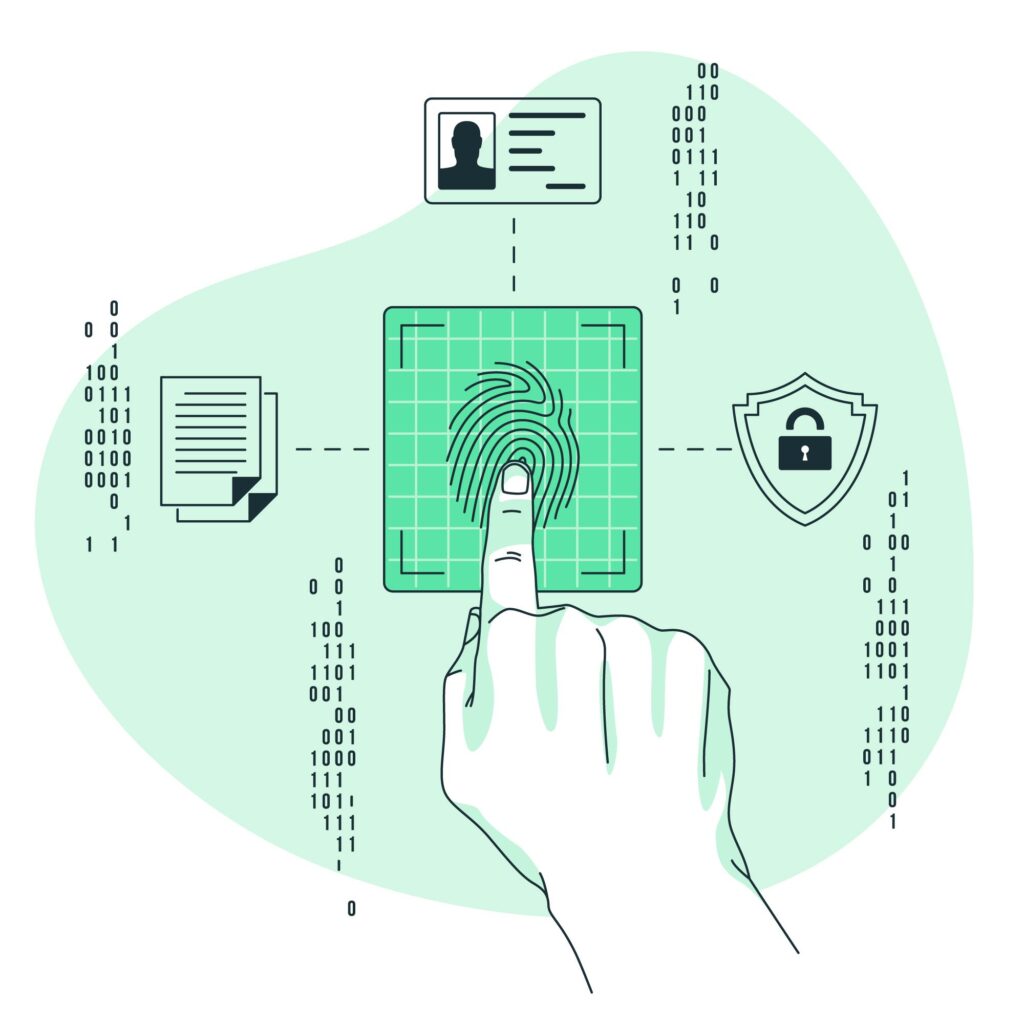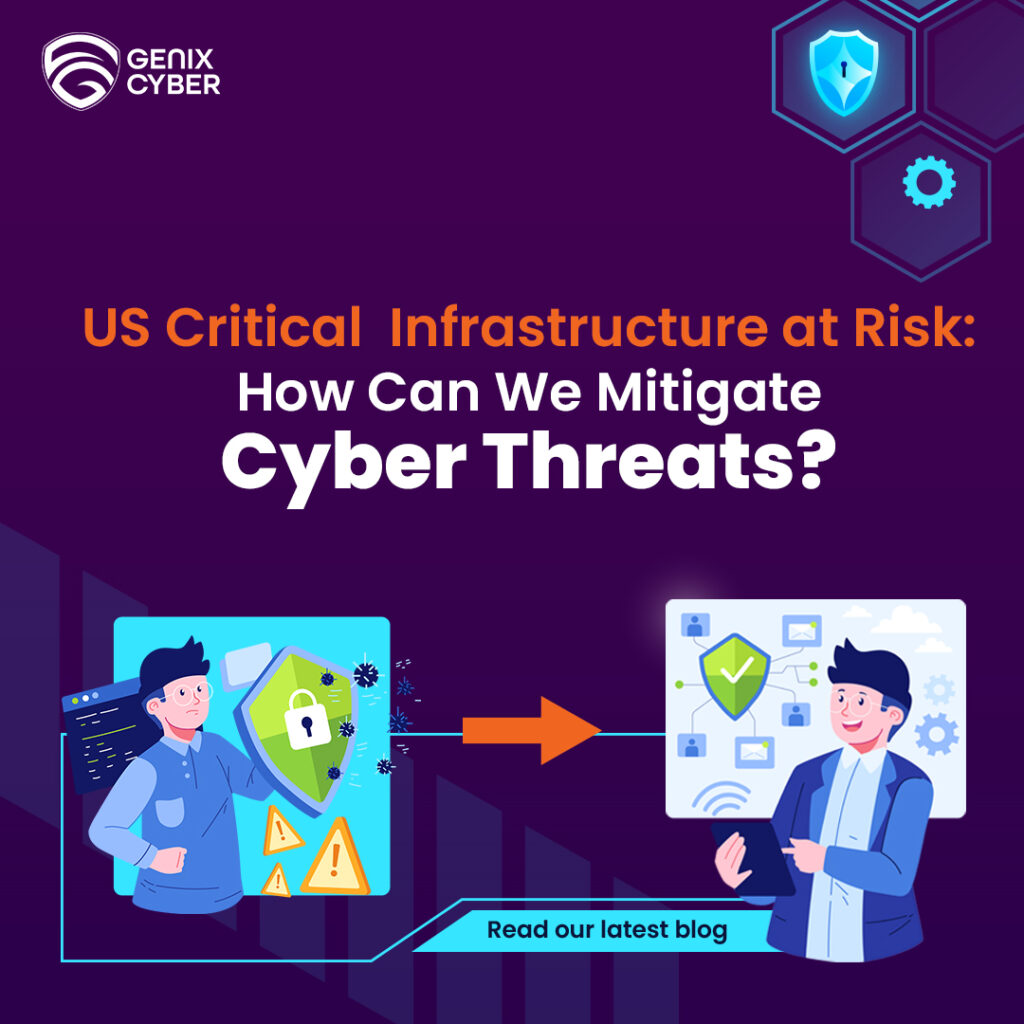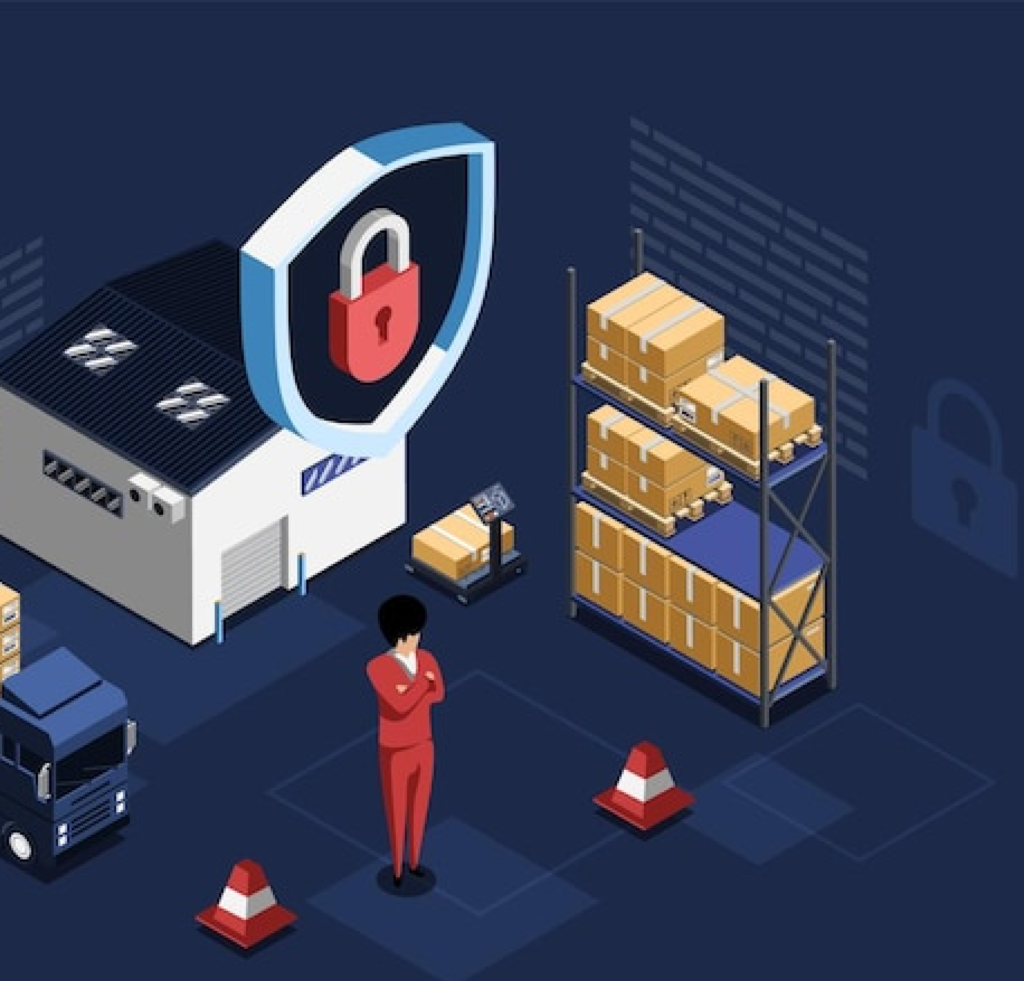In today’s fast-moving digital era, cloud computing has become a fundamental part of how businesses work. It provides an easy way to store data, software, and tools online. As companies use cloud solutions more and more, they become more efficient and able to grow.
But with these advantages comes a big concern: Does online storage attract more cyber risks? So, let’s dive into the topic of cloud security and explore the risks and solutions.
Understanding Cloud Security in Simple Terms

Cloud security is like a protective shield for your online data. It’s about keeping your information safe when you use cloud-based applications to store or process data.
Recognizing Cloud Security Risks
Here are some risks organizations should be aware of when using cloud-based solutions.
Shared Responsibility: In the cloud, security is a team effort. Organizations and the cloud provider both have a role to play. Organizations need to make sure their own data and systems are secure, even when using the cloud.
Data Breaches: Cyberattackers getting their hands on your private data is a major concern. If this happens in the cloud, it’s called a data breach. Imagine someone snooping through your personal information without your permission!
Malware: It is a software designed to specifically harm computer systems – cloud-based systems are no exception.
DDoS Attacks: DDoS attacks flood a system with too much traffic, making it crash. Cloud-based systems can be especially vulnerable to these attacks.
Phishing: Imagine someone tricking you into giving away your secret password. That’s phishing, and it can lead to cybercriminals gaining access to your cloud-based data.
Zero-Day Attacks: These are sneak attacks that use secret weaknesses in systems. As they are extremely unpredictable, they’re hard to fight against.
Ransomware Attacks: It’s like digital kidnapping. Cybercriminals lock up your data and demand a heavy ransom to unlock it.
Supply Chain Attacks: These attacks target the connections a company has – like partners, suppliers, or even its own workers.
Building Strong Cloud Defenses
The good news is there’s a lot we can do to keep cloud data safe:
Identity and Access Management (IAM): This is like giving the right keys to the right people. It controls the cloud access privileges and monitors activities.
Data Encryption: In simple terms, this is like encoding your data into a cipher that is comprehensible only to you. Even if others come across it, deciphering the content remains beyond their reach.
Network Security: It’s like having guards at the doors of your digital home. It keeps out unauthorized visitors and ensures the safety of the cloud environment.
Application Security: This involves assessing your software for hidden vulnerabilities. It’s like making sure there’s no sneaky backdoor for cyber thieves to enter.
Physical Security: Cloud providers need to have strong physical security measures to safeguard sensitive data from data theft. It involves measures and protocols designed to protect physical assets, facilities, and personnel from malicious cyber threats.
Ensuring Effective Cloud Security: Practical Tips 
Here’s a handy guide to make your cloud security solid:
Pick a Reliable Cloud Provider: Not all cloud providers are the same. Do your research and choose a provider who is well aligned with your specific requirements.
Use Strong Passwords and Extra Safety: Use tough passwords and implement Multi-Factor Authentication (MFA) for additional security.
Keep Software Updated: Keep your cloud software up to date to prevent digital viruses.
Use a Firewall: A firewall checks prevents cyberattackers from getting into the cloud environment.
Monitor Constantly: Keep an eye on suspicious activities in your cloud applications. This helps eliminate risks before they get bigger.
Encrypt Everything: Imagine turning your secret diary into a secret code. Encrypt your data so even if someone steals it, they can’t read it.
Have proper Incident Response Plans: Like having an emergency plan for earthquakes, have an incident response Plan for cloud too. This way, you can get back on track quickly if something goes wrong.
Train Your Team: Everyone in your team should know how to stay safe in the cloud. Train them to spot problems and avoid traps.
Keep up with the Trends: Stay updated on the latest trends in both cyber threats and cybersecurity solutions.
Safeguard Your Digital Frontier With MetroMax’s Identity and Access Management (IAM) solutions
In this era of digital transformation, cloud security is not an option. Securing your cloud data is pivotal to safeguarding your organization’s integrity and reputation.
Book your FREE consultation with our cybersecurity expert to discuss your cloud security needs!





